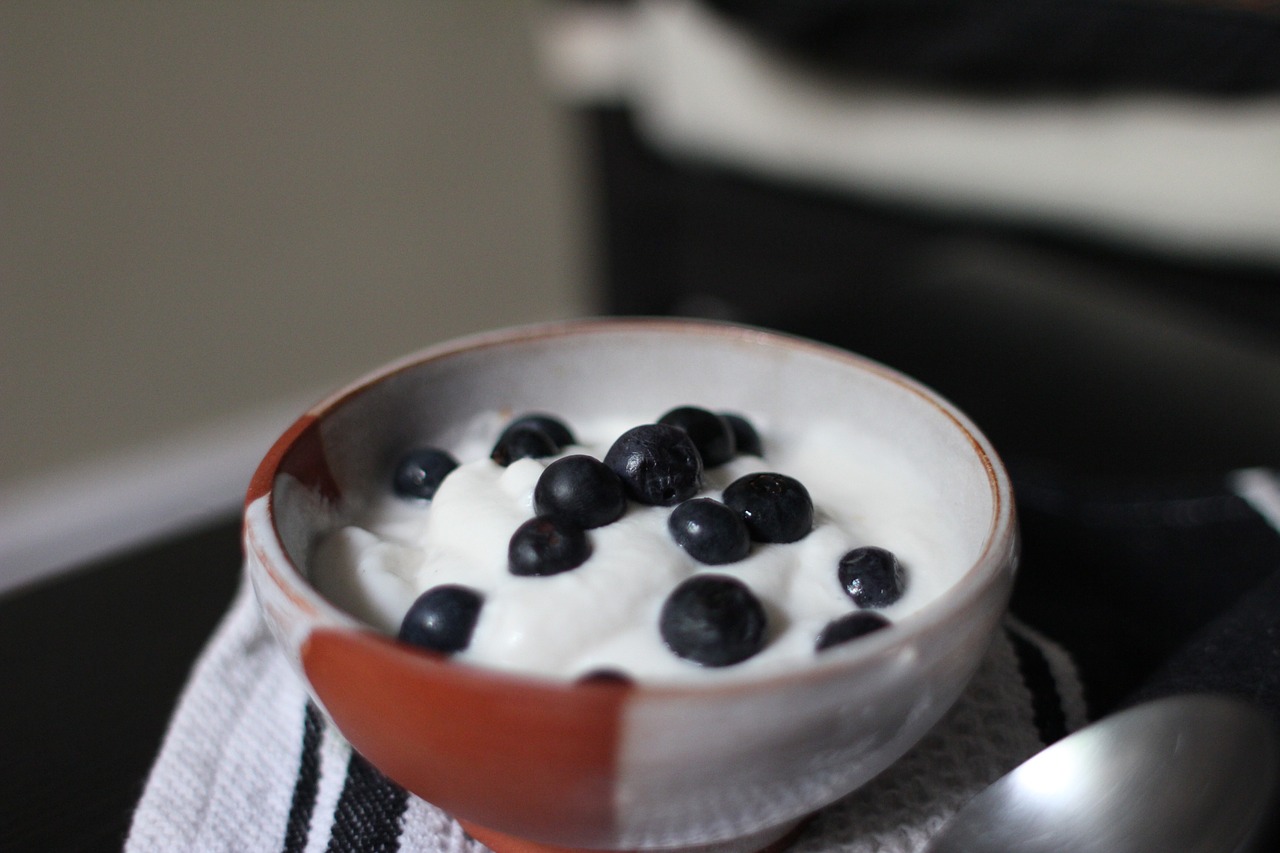What do you know about the history of yogurt?
Yogurt has long been a mundane addition to our every-day lives and it is not often thought about in any great depth. It’s a convenient and healthy snack that one can find in the refrigerated aisle of virtually any grocery store. It can come in a variety of flavors like vanilla or blueberry from a vast array of brands such as Chobani or Oikos along with many others. Before the establishment of supermarkets and mass production of food, yogurt was quite a bit harder to find and did not come in the wide variety of flavors and forms we are familiar with today. In fact, yogurt has a long and complicated history that many of us fail to appreciate.
The earliest yogurt is believed to have been made somewhere in Turkey around the 6th century B.C.E. (Kitlinski, 2016). In fact, the word “yogurt” is derived from the Turkish word “yogurmak” which means “to thicken.” The invention of yogurt is believed to have followed a similar path as the accidental invention of cheese as described in my previous blog post which involves the curdling of milk stored in bags made from animal stomachs due to good bacteria. The bacteria responsible typically are the strains Lactobacillus bulgaricus and Streptococcus thermophiles which produce lactic acid.

In order to make yogurt, it is essential to have starter cultures, also known as probiotics, which contain these live bacteria strains. Upon adding the bacteria cultures, the pH level of the yogurt decreases and therefore becomes more acidic, usually reaching levels below 5 pH. This is known as the fermentation process in which lactic acid forms and creates the tangy flavor of plain yogurt. Once this occurs, denatured (or dissociated) proteins known as casein reassemble into a network that is responsible for creating yogurt’s semisolid structure ( Yoon, 2017).
History of Yogurt
Some might wonder why there is no alcohol content in yogurt even though there is a period of fermentation. Foods and beverages that ferment such as bread, wine, and beer contain varying levels of alcohol. However, despite its fermentation period, yogurt contains no alcohol because it lacks the enzyme which forms alcohol in the form of ethanol, alcohol dehydrogenase.
Plain yogurt has a variety of health benefits due to its bacterial cultures such as increasing the absorption of vitamins and minerals in the gut, boosting the immune system, assisting in the maintenance of weight, and even reducing the risk of cancer (Ware, 2018). Besides the probiotics, the yogurt itself is also high in calcium, potassium, magnesium, and B vitamins. To the potential surprise of those with lactose intolerance, yogurt actually contains only small amounts of lactose and may not be a big issue with those that have trouble digesting lactose, as long as they consume it in moderation, of course.

The health benefits of yogurt do not necessarily carry over to many commercialized brands of yogurt which contain high amounts of added sugar, fillers, and only a small number of live cultures. In addition, don’t let anything “yogurt-covered” such as raisins or pretzels fool you as yogurt coatings do not contain any live bacterial cultures and are mostly composed of sugar and oil ( Ware, 2018).
For most of yogurt’s history, it was made at home and not sold in large numbers to the public. It was popular throughout the ancient world, a popular snack among Genghis Khan and his army of Mongols, Indian royalty, and of course, the Greeks which had their own favored version of yogurt known as oxygala which was actually a mixture of honey and sour milk (Kitlinski, 2016). Some parts of the world eat more yogurt than others. For instance, many countries of South America, such as Brazil, eat very little yogurt while European and Asian countries along with North America tend to consume much more yogurt (Fisberg & Machado, 2015).
The Details
While America and Europe generally consume yogurt sweetened with sugar, honey, or fruit, many Asian countries such as India commonly add yogurt to savory dishes like chicken korma or chicken tikka masala. Yogurt was most likely so popular among different cultures throughout history (and many cultures now) because it was a simple yet filling food that gave people plenty of energy to get through the day. Fast-forwarding several hundred years from ancient times, the first attempt at mass-producing yogurt began in 1919 when Danone, spelled as “Dannon” in the United States, began producing yogurt in vast amounts in Barcelona, Spain (Kitlinski, 2016). From then on, yogurt has been made less and less in the home and more commonly (and conveniently) bought at stores, becoming a popular food throughout most of the world.

Yogurt has been a popular food among humans for thousands of years and remains a healthy, filling, and commonly enjoyed food even today. It provides a large variety of health benefits due to its live bacterial cultures and richness in vitamins and minerals such as calcium and B vitamins. Thanks to its low lactose content, those that are lactose intolerant may even be able to enjoy the benefits of yogurt. While traditionally made at home, yogurt has become a widely commercialized food easy to find at just about any grocery store with a variety of flavors to choose from. Whether eaten plainly, sweetened with fruit or sugar, or added to savory meals, yogurt is a complex and versatile food with plenty of history and health benefits behind it.
References:
Kitlinski, Julia. (2016). “The Fascinating & Disturbing Story of How Yogurt Was Accidentally Invented.” Invisiverse. Retrieved from https://invisiverse.wonderhowto.com/how-to/fascinating-disturbing-story-yogurt-was-accidentally-invented-0170049/.
Mauro Fisberg, Rachel Machado. (2015). “History of yogurt and current patterns of consumption.” Nutrition Reviews, Volume 73, Issue suppl_1, Pages 4–7, https://doi.org/10.1093/nutrit/nuv020. Retrieved https://academic.oup.com/nutritionreviews/article/73/suppl_1/4/1819293.
Ware, Megan. (2018). “Everything You Need to Know About Yogurt.” MedicalNewsToday. Retrieved from https://www.medicalnewstoday.com/articles/295714.php##targetText=Yogurts%20can%20be%20high%20in,may%20boost%20the%20immune%20system.
Yoon, Ashton. (2017). “The Science of Yogurt.” DiscoverMagazine. Retrieved from http://blogs.discovermagazine.com/scienceandfood/2017/07/04/the-science-of-yogurt/#.Xb2M5uhKg2w.

4 thoughts on “The Delicious History of Yogurt: A Closer Look”